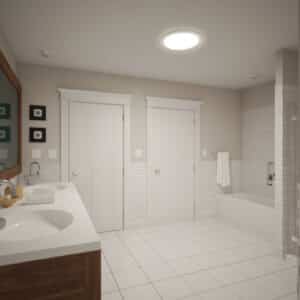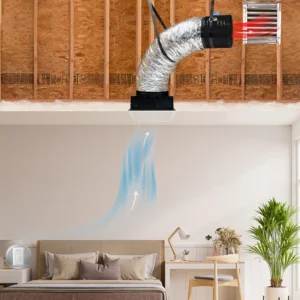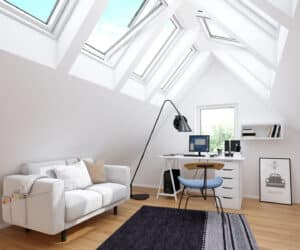Enhance your home with top skylight solutions from Your Skylight Expert. As a leading VELUX supplier, we offer exceptional service and high-quality products.

At Your Skylight Expert, we understand that choosing the right products can be a daunting task. That’s why our team of experts is here to guide you through the process and help you find the perfect solution for your needs. Whether you’re looking to enhance the natural lighting in your home, improve energy efficiency, or simply upgrade your home’s aesthetic, our wide range of skylight options have got you covered. With a focus on innovation and customer satisfaction, we work tirelessly to ensure that every project we undertake is completed to the highest standard.
Experience the difference with Your Skylight Expert. Contact us today at
(513) 204-4265 or visit our showroom at 7228 Columbia Road Suite #600 Maineville Ohio 45039 to schedule a consultation and let us transform your home into a sanctuary of natural beauty and warmth.




